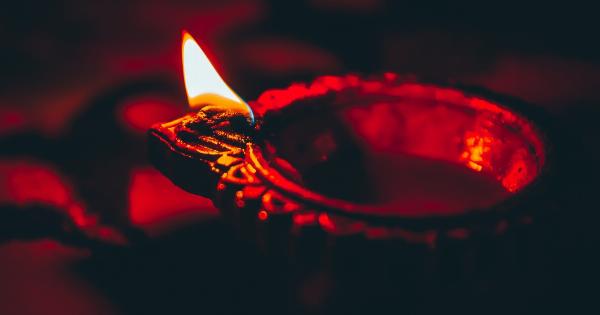Indian hemp, also known as cannabis or marijuana, has been used for various purposes throughout history. With its increasing popularity for both medicinal and recreational use in recent years, concerns about its potential side effects have also grown.
One such concern is the association between Indian hemp use and psychosis.
1. Understanding Indian Hemp
Indian hemp is a psychoactive plant that contains compounds known as cannabinoids. The two main cannabinoids found in Indian hemp are THC (delta-9-tetrahydrocannabinol) and CBD (cannabidiol).
THC is responsible for the plant’s psychoactive effects, while CBD is known for its potential therapeutic properties.
2. The Prevalence of Indian Hemp Use
Indian hemp use has become increasingly prevalent worldwide, with some countries legalizing its recreational use. In countries where it remains illegal, there is still a significant use of Indian hemp, often for medicinal purposes.
The accessibility and cultural acceptance of Indian hemp play a role in its widespread use.
3. Psychosis: Causes and Symptoms
Psychosis is a mental health disorder characterized by a disconnect from reality, often featuring delusions, hallucinations, and disturbed thoughts. It can occur as a symptom of various psychiatric conditions, such as schizophrenia or bipolar disorder.
The causes of psychosis can be multifactorial, involving genetic, environmental, and neurochemical factors.
4. Link Between Indian Hemp and Psychosis
Research suggests that regular and heavy use of Indian hemp may increase the risk of developing psychosis in susceptible individuals. THC, the psychoactive compound in Indian hemp, is believed to play a crucial role in triggering psychosis.
The exact mechanisms are not yet fully understood.
5. Key Studies on the Subject
Several studies have explored the association between Indian hemp use and psychosis.
One landmark study conducted in Sweden followed a large sample of conscripts over several decades and found a higher risk of developing schizophrenia among heavy cannabis users compared to non-users. Additionally, research has indicated that an earlier age of cannabis use initiation may increase the risk of psychosis.
6. Cannabis-Induced vs. Primary Psychosis
It is essential to distinguish between cannabis-induced psychosis and primary psychosis. Cannabis-induced psychosis typically occurs shortly after the use of Indian hemp and shows symptoms similar to primary psychosis.
However, in most cases, the symptoms of cannabis-induced psychosis resolve once cannabis use is discontinued.
7. Understanding the Vulnerability to Psychosis
Not everyone who uses Indian hemp will develop psychosis. Some individuals may be more vulnerable than others due to genetic factors, a personal or family history of mental health disorders, or specific environmental triggers.
Understanding these vulnerabilities can help identify those at risk and possibly prevent the onset of psychosis.
8. Potential Mechanisms for the Link
Scientists have proposed several potential mechanisms to explain the link between Indian hemp and psychosis. One hypothesis suggests that THC alters the brain’s dopamine signaling, which can contribute to the onset of psychotic symptoms.
Another theory suggests that Indian hemp use during adolescence, a critical period of brain development, may disrupt normal neural pathways and increase the risk of psychosis.
9. Cannabis Use Disorder and Psychosis
Cannabis use disorder (CUD) refers to a pattern of problematic cannabis use leading to significant impairment or distress. Individuals with CUD may be at a higher risk of developing psychosis.
Moreover, people with pre-existing psychosis may find that Indian hemp exacerbates their symptoms.
10. Seeking Professional Help
If you or someone you know is experiencing symptoms of psychosis or is concerned about the potential link between Indian hemp and mental health, it is crucial to seek professional help.
Qualified healthcare providers can provide an accurate diagnosis, appropriate treatment, and guidance on substance use.






























